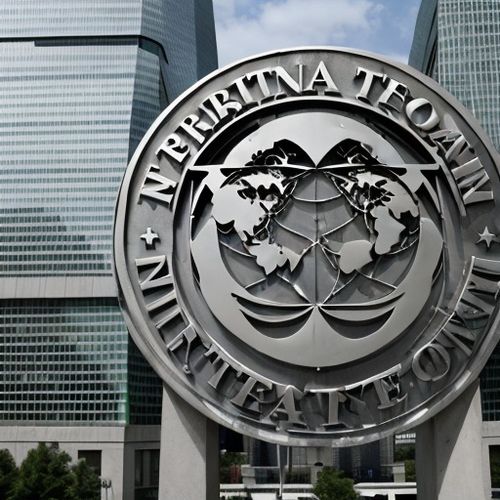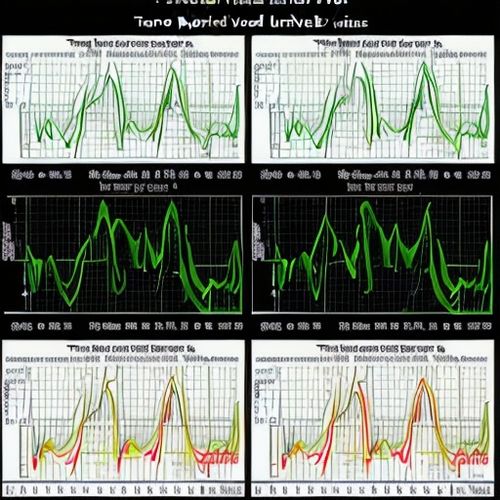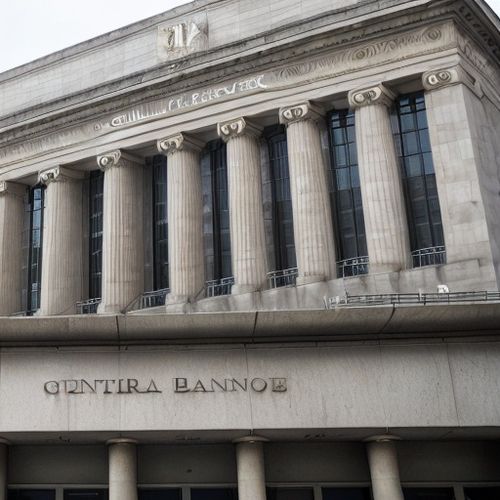
By Emily Johnson / Apr 24, 2025

By Victoria Gonzalez / Apr 24, 2025

By Michael Brown / Apr 24, 2025

By David Anderson / Apr 24, 2025

By Ryan Martin / Apr 24, 2025

By Eric Ward / Apr 11, 2025

By Laura Wilson / Apr 11, 2025

By Jessica Lee / Apr 11, 2025

By Christopher Harris / Apr 11, 2025

By Megan Clark / Apr 11, 2025

By Olivia Reed / Apr 11, 2025

By Jessica Lee / Apr 11, 2025

By Grace Cox / Apr 11, 2025

By Rebecca Stewart / Apr 11, 2025

By Olivia Reed / Apr 11, 2025

By Victoria Gonzalez / Apr 10, 2025

By David Anderson / Apr 10, 2025

By Noah Bell / Apr 10, 2025

By Michael Brown / Apr 10, 2025

By James Moore / Mar 30, 2025

By Rebecca Stewart / Mar 30, 2025

By George Bailey / Mar 30, 2025

By Noah Bell / Mar 30, 2025

By Samuel Cooper / Mar 30, 2025

By Elizabeth Taylor / Mar 30, 2025